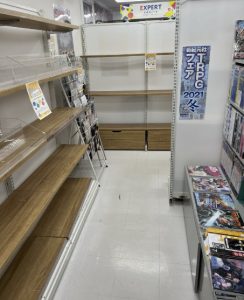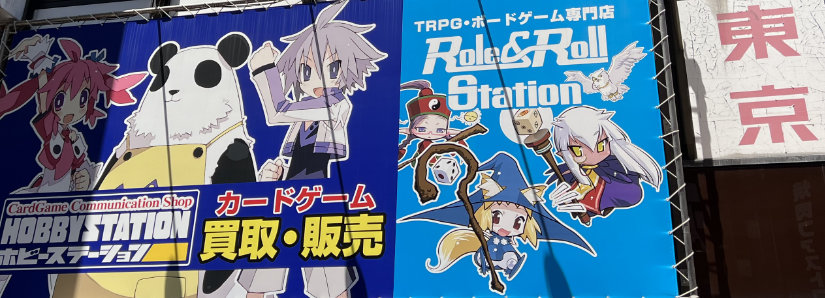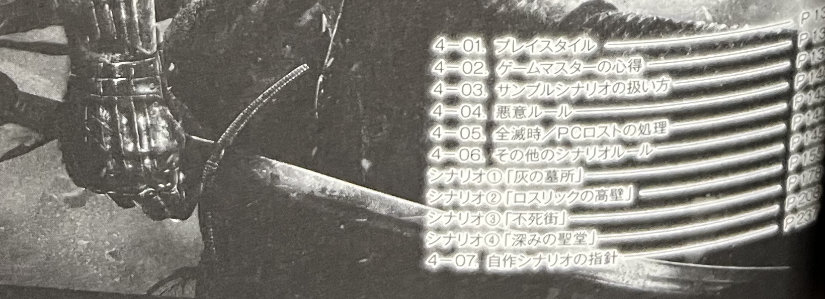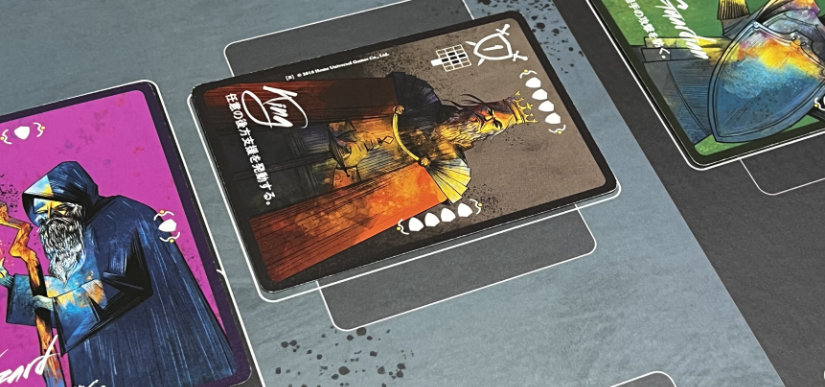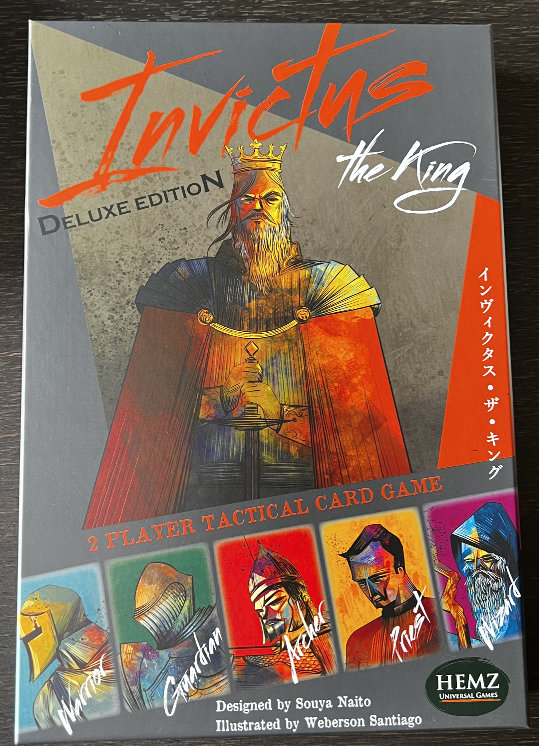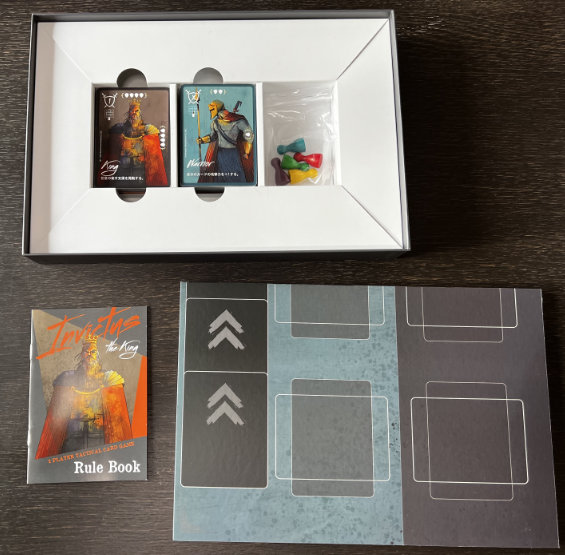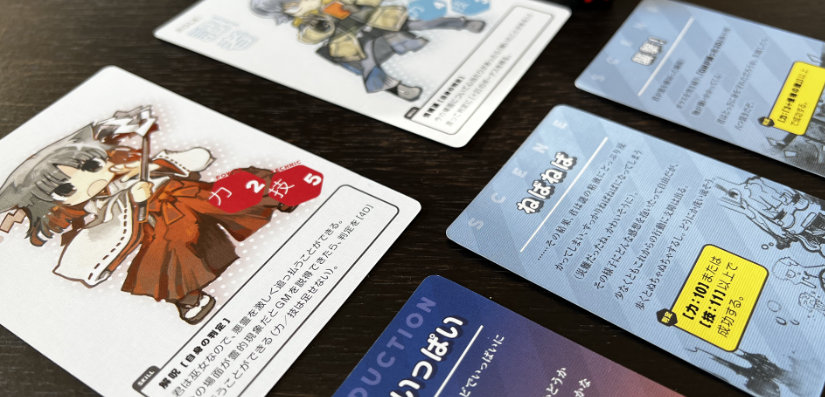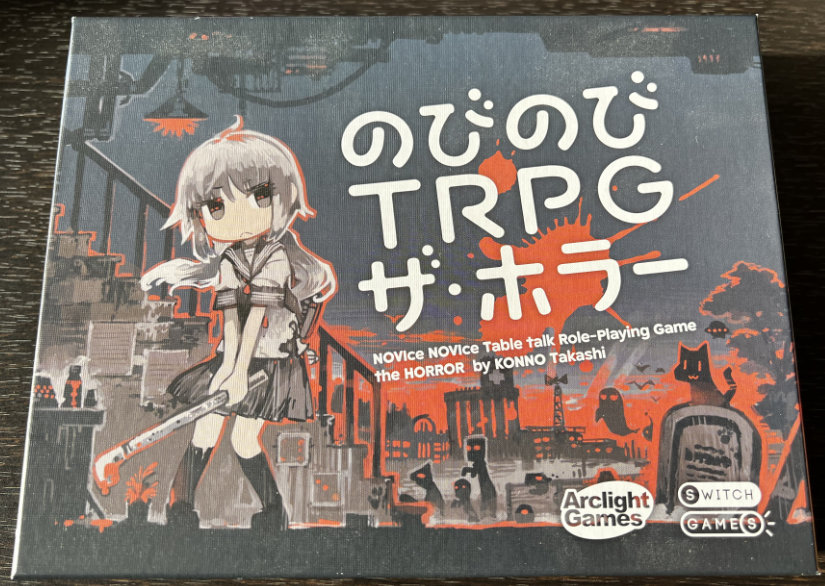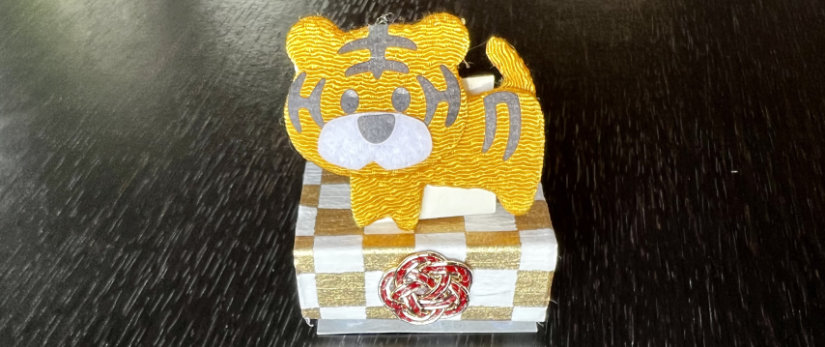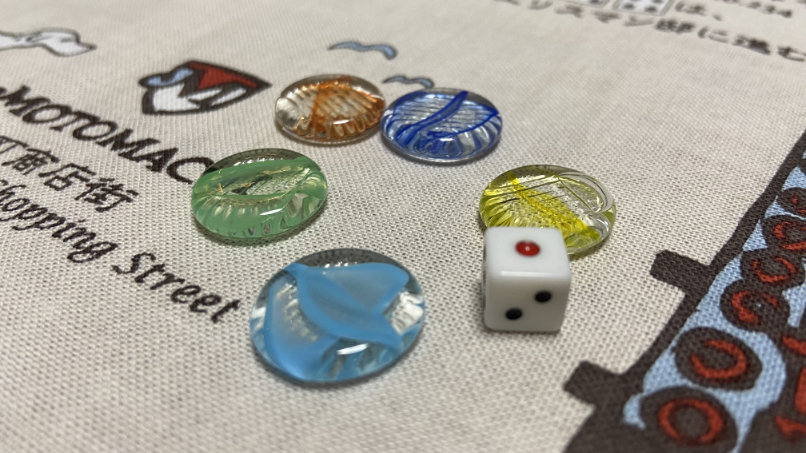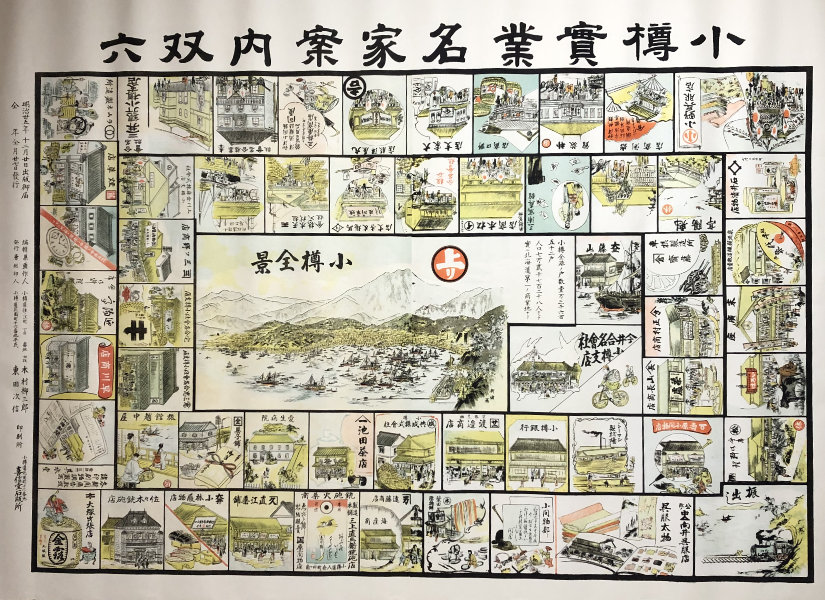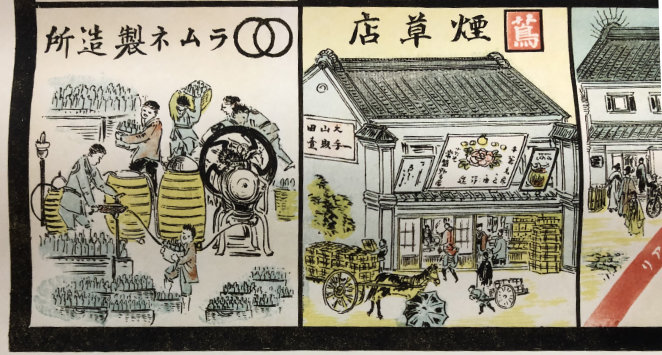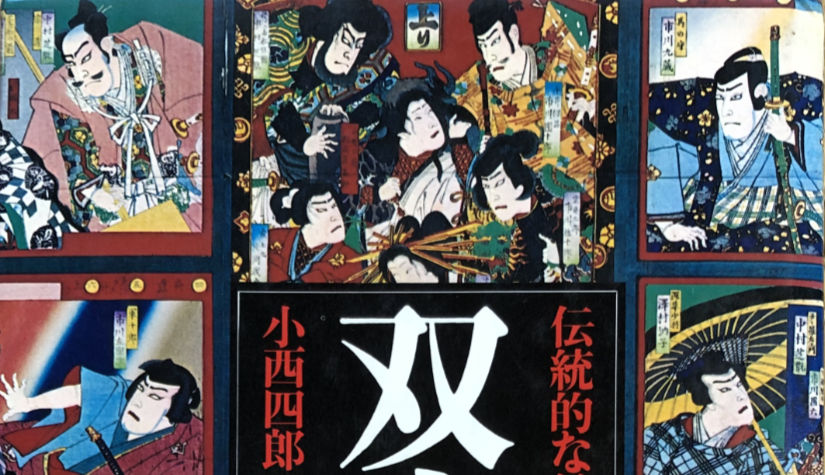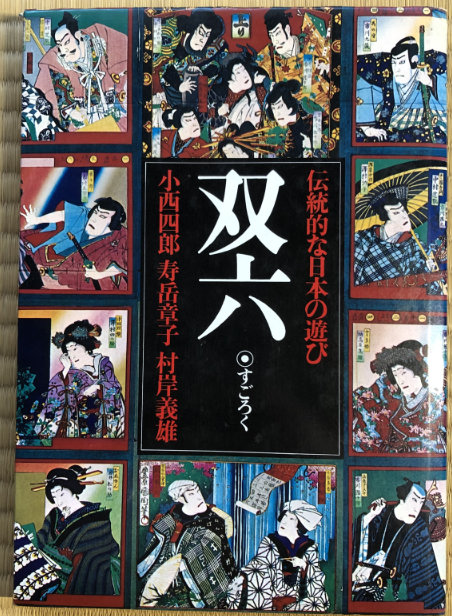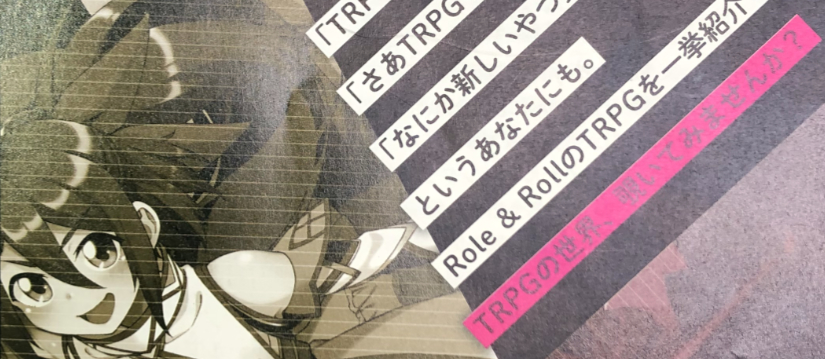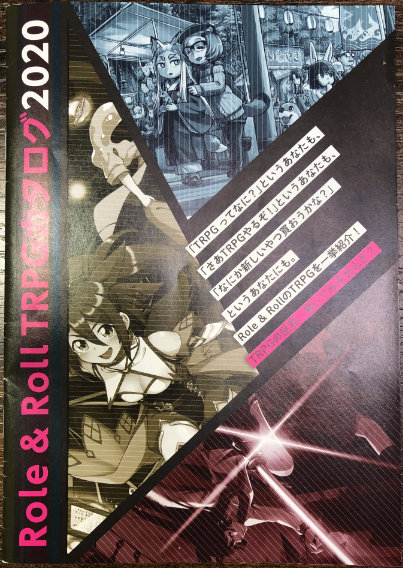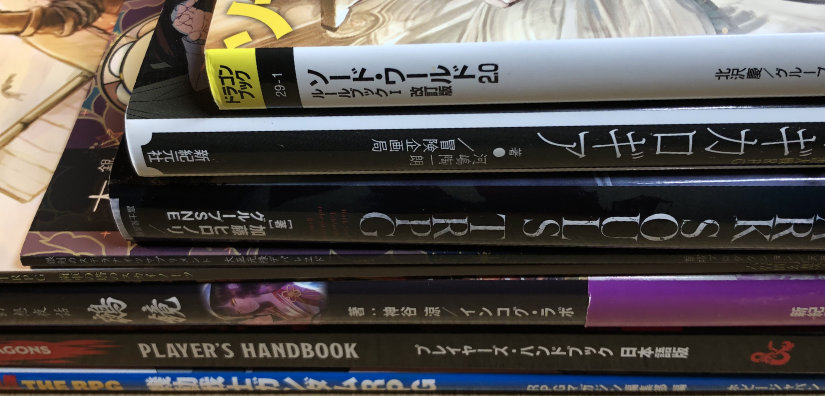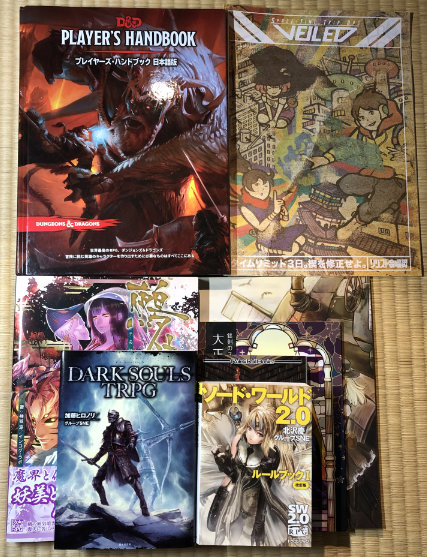Happy New Year! I have the same thought every January: I can’t believe this blog I started in 2017 is still going. My passion for it has waxed and waned over the years, with a several month hiatus in 2021, but my passion for it has once again returned!
One of my goals for 2022 is to post here more consistently. To that end, I’m considering some shorter, incremental posts as I read longer material. I enjoy the holistic view that writing after having finished a book provides, but the immediacy of writing about what I’m reading while it’s fresh in my mind is appealing.
As always, I’m grateful for all of you taking the time to read. Wishing you all the best in 2022. Stay safe!
